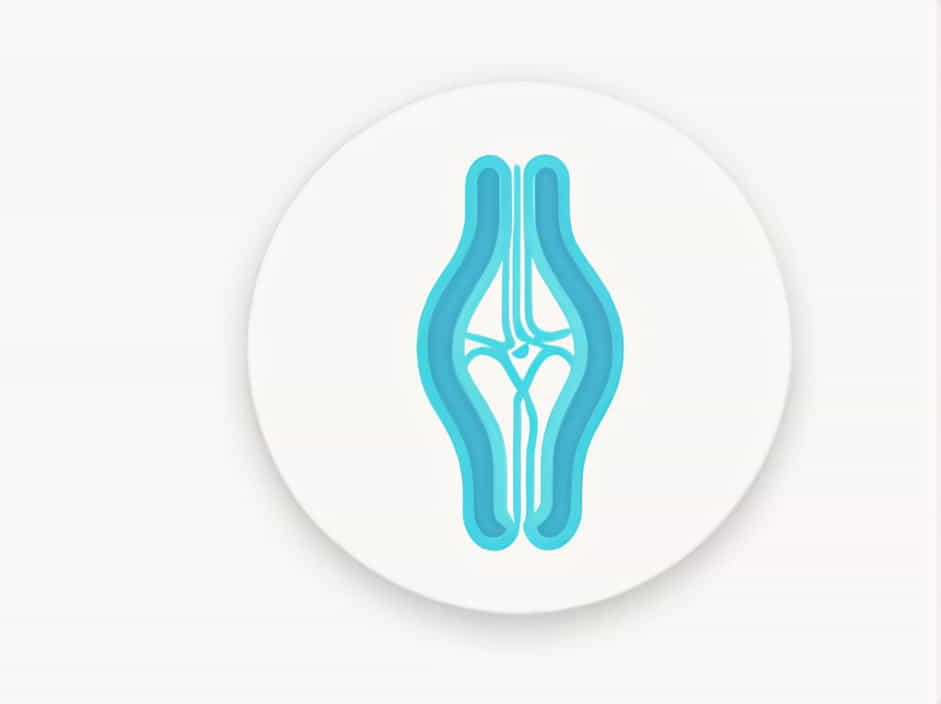The ejaculatory duct plays a crucial role in the male reproductive system by transporting sperm and seminal fluid into the prostatic urethra. Proper function of this duct depends on nervous system control, which regulates smooth muscle contraction and ejaculation.
The nerve supply of the ejaculatory duct comes from the autonomic nervous system (ANS), particularly the sympathetic and parasympathetic nerves. Understanding these neural pathways helps in diagnosing reproductive disorders, ejaculatory dysfunction, and nerve-related issues.
Anatomy of the Ejaculatory Duct
The ejaculatory ducts are paired structures formed by the union of the vas deferens and the seminal vesicles. Each duct is about 2 cm long and passes through the prostate gland, opening into the prostatic urethra.
Functions of the Ejaculatory Duct
- Transports sperm and seminal fluid from the seminal vesicles and vas deferens.
- Facilitates ejaculation by coordinating with the nervous system.
- Regulates the mixing of sperm with prostate secretions before expulsion.
The ejaculatory ducts are entirely surrounded by smooth muscle, which contracts rhythmically during ejaculation under nervous system control.
Nerve Supply of the Ejaculatory Duct
The ejaculatory duct receives its nerve supply from the autonomic nervous system (ANS), which consists of the sympathetic and parasympathetic nervous systems. These nerves regulate smooth muscle contraction and ejaculatory function.
1. Sympathetic Nervous System (SNS) Control
The sympathetic nervous system is the primary controller of ejaculation. It originates from the T10-L2 spinal segments and travels through the hypogastric plexus to reach the ejaculatory ducts.
Role of the Sympathetic Nervous System
- Triggers contraction of the smooth muscles in the ejaculatory ducts.
- Controls emission, which moves sperm and seminal fluid into the prostatic urethra.
- Regulates the closure of the bladder sphincter to prevent retrograde ejaculation.
Damage to sympathetic pathways can result in delayed ejaculation or retrograde ejaculation, where semen enters the bladder instead of exiting through the urethra.
2. Parasympathetic Nervous System (PNS) Control
The parasympathetic nervous system arises from the S2-S4 spinal segments and reaches the ejaculatory ducts through the pelvic nerves.
Role of the Parasympathetic Nervous System
- Modulates smooth muscle relaxation to prepare for ejaculation.
- Regulates blood flow to nearby reproductive structures, including the seminal vesicles.
- Maintains overall function of the male reproductive organs.
While the parasympathetic system is more involved in erection, it still plays a role in ejaculatory duct function by coordinating smooth muscle activity.
Pathways of Nerve Supply to the Ejaculatory Duct
The nerves supplying the ejaculatory duct follow a complex path through autonomic nerve plexuses.
1. Hypogastric Plexus
- A major autonomic nerve network located in the pelvis.
- Carries sympathetic fibers from T10-L2 to the ejaculatory ducts.
- Responsible for ejaculatory contractions.
2. Pelvic Plexus
- Contains both sympathetic and parasympathetic fibers.
- Integrates signals for coordinated contraction and relaxation of the ejaculatory ducts.
- Located near the prostate gland, making it vulnerable to surgical damage.
3. Pudendal Nerve (Somatic Control)
Although the pudendal nerve (S2-S4) mainly controls somatic functions, it assists in the final phase of ejaculation by regulating pelvic floor muscles involved in semen expulsion.
Clinical Conditions Related to Ejaculatory Duct Nerve Supply
Dysfunction of the nervous supply to the ejaculatory duct can result in various reproductive issues.
1. Retrograde Ejaculation
- Occurs when semen enters the bladder instead of exiting through the urethra.
- Usually caused by sympathetic nerve damage, often due to:
- Diabetes
- Spinal cord injuries
- Prostate surgery
2. Premature Ejaculation (PE)
- Linked to overactive sympathetic nerves, leading to rapid ejaculation.
- Can be treated with nerve-modulating medications like SSRIs or behavioral therapy.
3. Anejaculation (Absence of Ejaculation)
- May result from nerve damage affecting sympathetic pathways.
- Common causes include:
- Spinal cord injuries
- Pelvic surgeries (prostatectomy, bladder surgery)
- Multiple sclerosis
4. Post-Surgical Nerve Damage
- Pelvic and prostate surgeries can injure autonomic nerve plexuses, affecting ejaculation.
- Nerve-sparing surgical techniques help preserve ejaculatory function.
Diagnosis and Treatment of Ejaculatory Disorders
Identifying nerve-related ejaculatory dysfunction requires a combination of:
- Patient history and symptom evaluation
- Neurological and physical examinations
- Urodynamic tests and imaging to assess nerve function
Treatment Options
- Medications – Drugs like alpha-adrenergic agonists help improve ejaculation.
- Nerve Stimulation Therapies – Electrotherapy techniques may restore function.
- Behavioral and Physical Therapy – Helps manage ejaculation timing.
- Surgical Interventions – Used for severe cases, such as post-surgical complications.
The ejaculatory duct relies on autonomic nerve control for smooth muscle contractions and semen expulsion. The sympathetic nervous system (T10-L2) is the primary controller of ejaculation, while the parasympathetic nervous system (S2-S4) modulates smooth muscle activity.
Disruptions in nerve function can lead to ejaculatory disorders, such as retrograde ejaculation, premature ejaculation, and anejaculation. Proper diagnosis and treatment of nerve-related conditions are essential for maintaining reproductive health.
Understanding the nerve supply of the ejaculatory duct provides valuable insights into male fertility, urology, and sexual function, emphasizing the importance of neural integrity in reproductive health.
